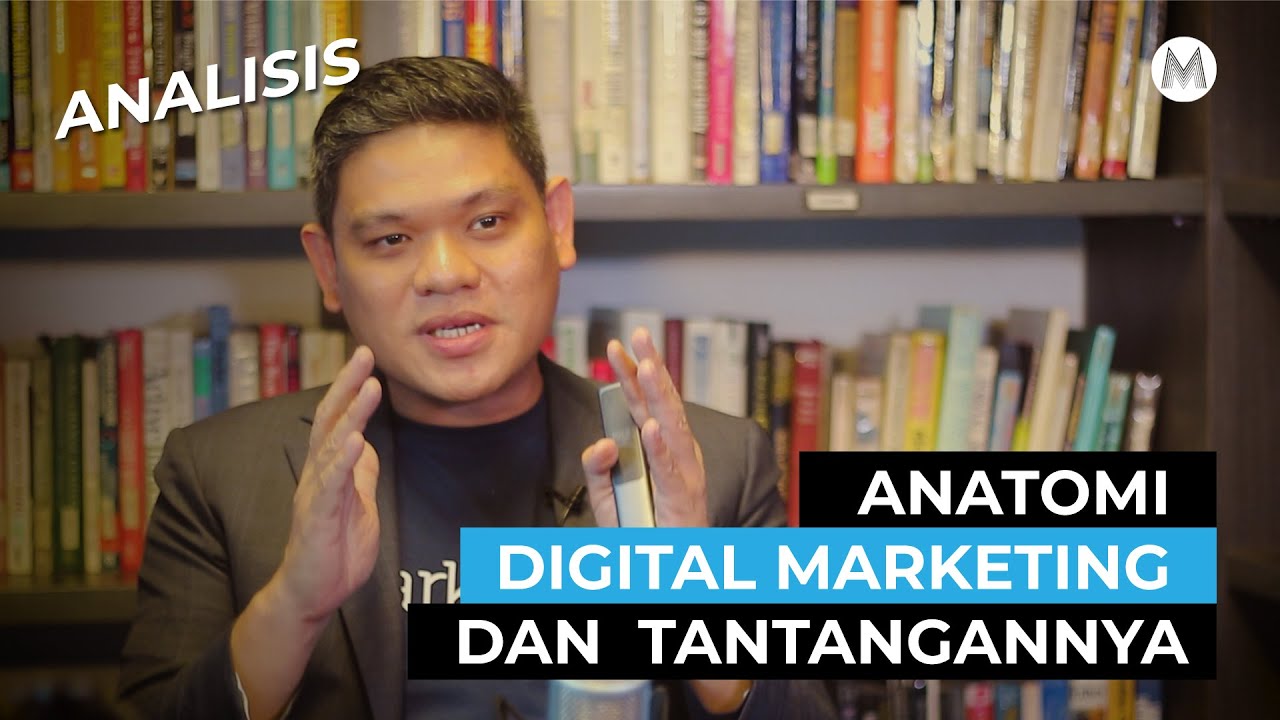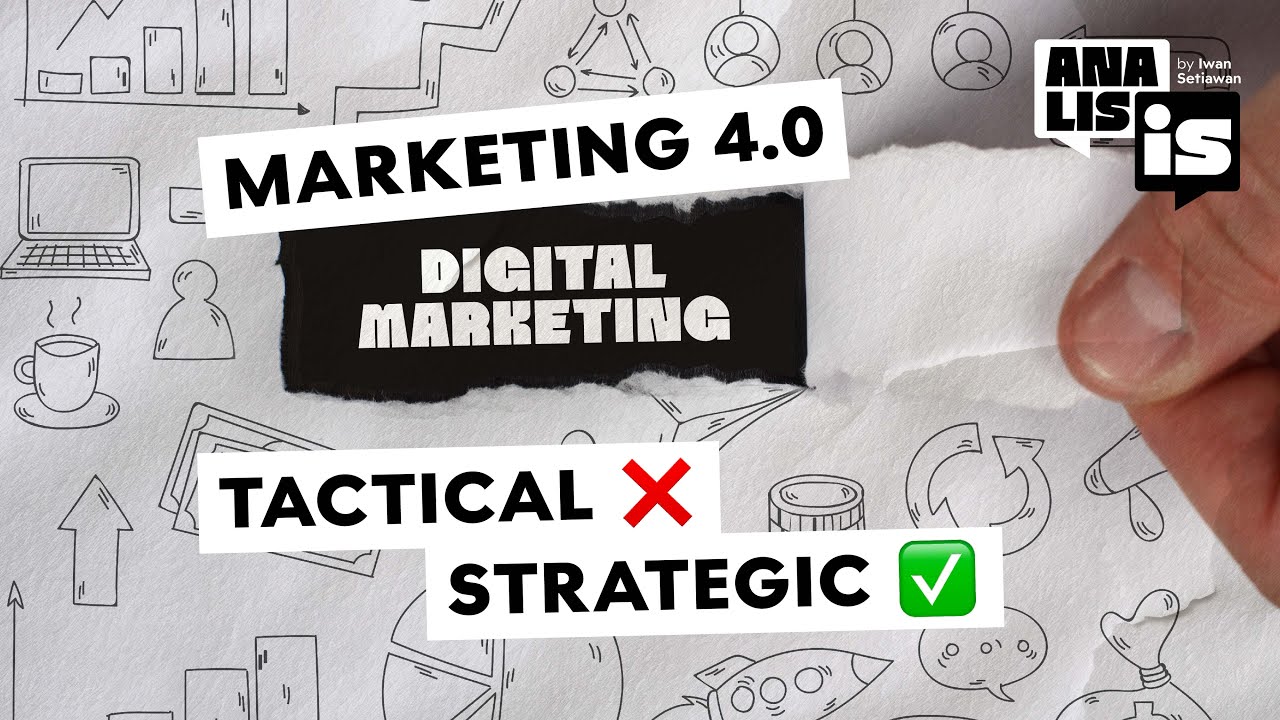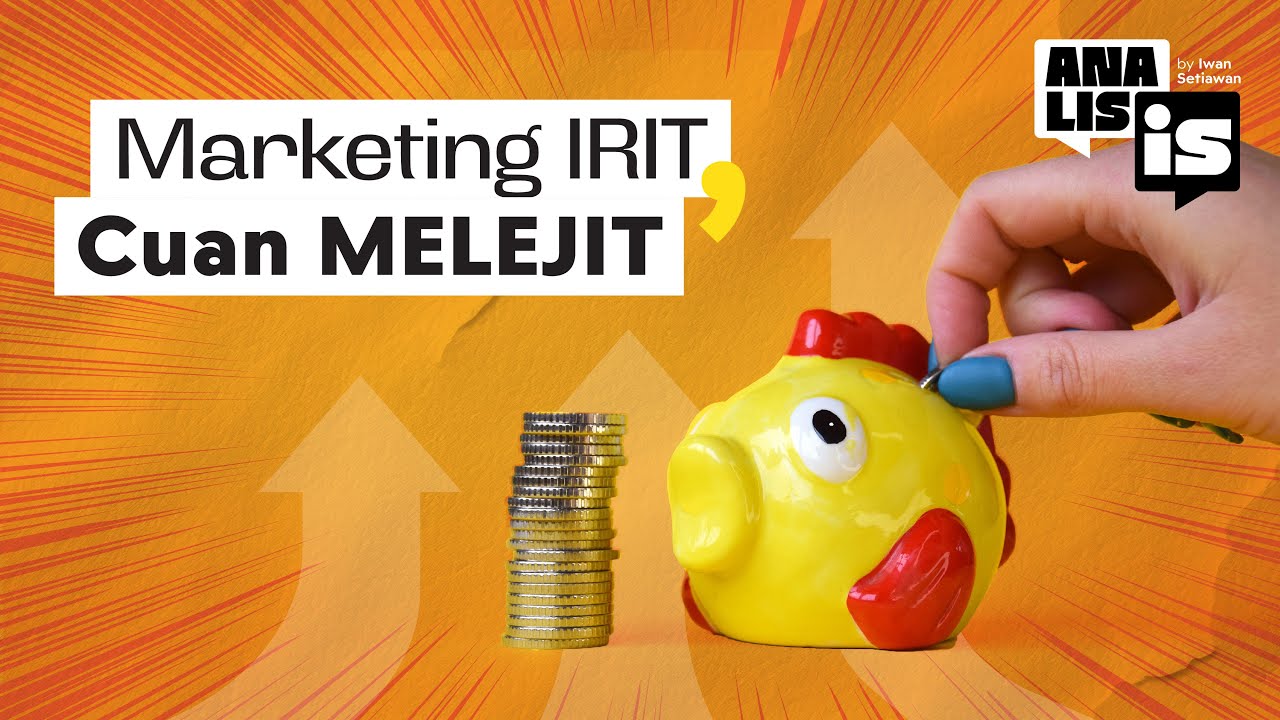The Future of Marketing is Immersive - ANALISIS #54
Summary
TLDRIn this episode, Iwan Setiawan discusses the evolution of marketing, highlighting the transition from traditional to digital and immersive marketing. He introduces 'Marketing 6.0', a new book co-authored with Philip Kotler and Herman Kartajaya. The video explores the shift from product-focused marketing (1.0) to customer-centric (2.0) and sustainable (3.0) approaches, moving through the digital age of marketing 4.0 and 5.0, which embrace AI and technology. Finally, it delves into 'Marketing 6.0', emphasizing immersive experiences that blend physical and digital worlds, enhancing customer engagement with multisensory, interactive, and frictionless experiences.
Takeaways
- 😀 Marketing 6.0 is the latest phase of marketing evolution, focusing on immersive customer experiences with advanced technologies.
- 😀 Marketing 6.0 builds upon the previous books in the Marketing X.0 series, including Marketing 3.0, 4.0, and 5.0, exploring the continuous changes in marketing driven by external factors.
- 😀 Marketing 1.0 focused on creating the perfect product for customers, but this concept has evolved over time to better meet specific customer needs.
- 😀 Marketing 2.0 shifted towards customer-centric strategies, where products were designed based on customer requirements and feedback.
- 😀 Marketing 3.0 introduced the concept of sustainability, where consumers began to value brands that cared about social and environmental issues.
- 😀 Marketing 4.0 marked the entry of digital marketing with an emphasis on online and offline integration, including the rise of omnichannel strategies.
- 😀 Marketing 5.0 advanced the use of artificial intelligence (AI) to enhance customer engagement, automate marketing decisions, and improve customer analytics.
- 😀 The core of Marketing 6.0 is immersive marketing, which focuses on creating multi-sensory, interactive, and seamless experiences that integrate physical and digital environments.
- 😀 Immersive experiences must meet five key criteria: multisensory engagement, interactivity, participation, frictionless experiences, and storytelling.
- 😀 Examples of immersive experiences include concerts where all senses are triggered, self-service kiosks in stores, and augmented reality-based fitting rooms that enhance the customer experience.
- 😀 The future of marketing will see an increase in blending physical and digital experiences, as seen with the trend of 'online in offline' (e.g., McDonald's self-service kiosks and virtual fitting rooms).
Q & A
What is the primary focus of Marketing 6.0?
-Marketing 6.0 focuses on creating immersive customer experiences by integrating technology that engages multiple senses and enhances interactivity, resulting in unique, personalized experiences.
How does Marketing 1.0 differ from Marketing 2.0?
-Marketing 1.0 was product-centric, focusing on creating the best product to attract customers. In contrast, Marketing 2.0 shifted to a customer-centric approach, where marketers asked customers what they needed before creating products.
What role did sustainability play in Marketing 3.0?
-In Marketing 3.0, sustainability became a significant focus. Brands began to prioritize environmental and social responsibility, recognizing that customers wanted to support companies that cared about the planet and society.
What technological advancements characterized Marketing 4.0?
-Marketing 4.0 was defined by the integration of digital tools, such as omni-channel marketing and content marketing, that blended online and offline channels to reach consumers in a more connected way.
How did artificial intelligence impact Marketing 5.0?
-In Marketing 5.0, artificial intelligence became a key component, allowing marketers to leverage AI for customer analytics, product personalization, content creation, and decision-making to improve marketing outcomes.
What are the key components of an immersive experience in Marketing 6.0?
-The key components of an immersive experience are multi-sensory engagement, interactivity, frictionless experiences, and storytelling. These elements create a fully engaging and memorable experience for the consumer.
What is the difference between 'Online in Offline' and 'Offline in Online' approaches in Marketing 6.0?
-'Online in Offline' refers to integrating digital elements into physical spaces, like using self-service kiosks or QR codes in stores. 'Offline in Online' describes how virtual experiences, such as in-game interactions, mirror real-world behaviors in digital spaces.
Why is 'Frictionless Experience' important in Marketing 6.0?
-A frictionless experience is important because it simplifies the customer journey by removing unnecessary steps, making interactions smoother and more efficient, which enhances the overall immersive experience.
Can you provide an example of 'Online in Offline' marketing?
-An example of 'Online in Offline' marketing is when a physical store uses self-checkout kiosks or digital screens to allow customers to interact with online content and complete transactions without traditional cashiers.
What is the significance of virtual worlds like Roblox and Minecraft in the context of Marketing 6.0?
-Virtual worlds like Roblox and Minecraft are examples of 'Offline in Online' marketing, where interactions in virtual environments resemble real-world human interactions, allowing brands to engage younger audiences in immersive digital spaces.
Outlines

Cette section est réservée aux utilisateurs payants. Améliorez votre compte pour accéder à cette section.
Améliorer maintenantMindmap

Cette section est réservée aux utilisateurs payants. Améliorez votre compte pour accéder à cette section.
Améliorer maintenantKeywords

Cette section est réservée aux utilisateurs payants. Améliorez votre compte pour accéder à cette section.
Améliorer maintenantHighlights

Cette section est réservée aux utilisateurs payants. Améliorez votre compte pour accéder à cette section.
Améliorer maintenantTranscripts

Cette section est réservée aux utilisateurs payants. Améliorez votre compte pour accéder à cette section.
Améliorer maintenantVoir Plus de Vidéos Connexes

Pakai Digital Marketing Sudah Wajib, Pahami Komponennya - ANALISIS #1

Negative Marketing | Oleh Penulis Marketing 4.0, 5.0, dan 6.0 - ANALISIS #62

Intergenerational Marketing | Oleh Penulis Marketing 4.0, 5.0, dan 6.0 - ANALISIS #63

Belajar Digital Marketing Lengkap | Dari Penulis Marketing 4.0, 5.0 dan 6.0 - ANALISIS #57

The Ultimate Marketing Move - Analisis #68

Frugal Marketing: Low Budget, High Impact | Oleh Penulis Marketing 4.0, 5.0, dan 6.0 - ANALISIS #64
5.0 / 5 (0 votes)
